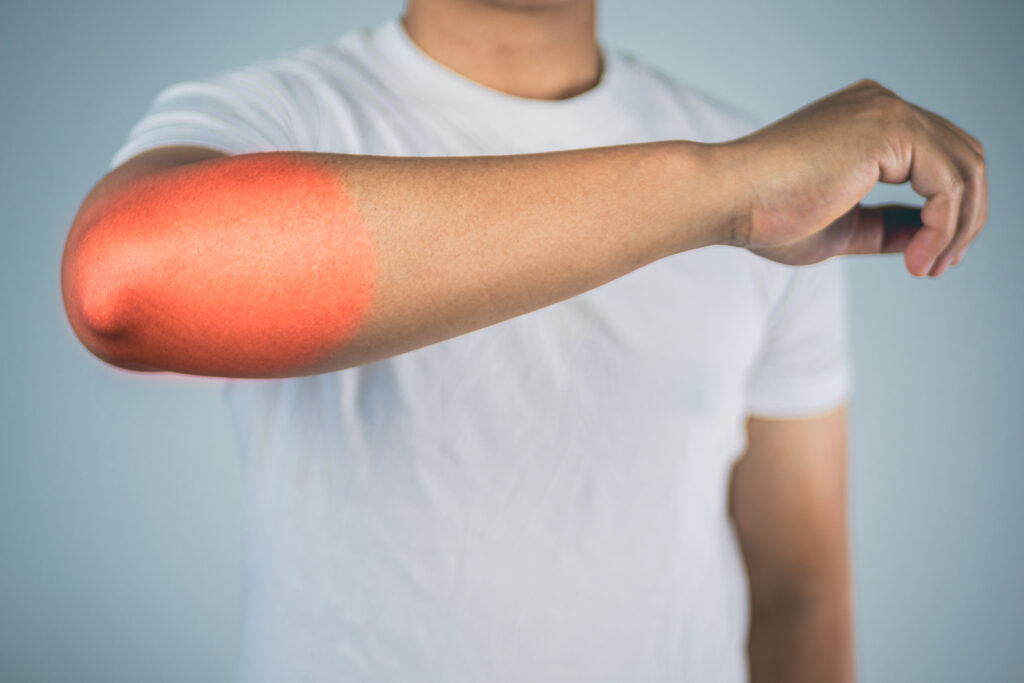When you think about athletic performance, recovery often takes a back seat, but it shouldn't. You might underestimate how much active recovery, hydration, and nutrition can influence your progress. Quality sleep and innovative therapies could be game changers, while mindfulness practices may help you manage stress more effectively. Each of these strategies plays an essential role in your overall recovery. Curious about how you can implement these methods into your routine for maximum benefit? Let's explore the seven ways that can help you bounce back faster and perform at your best.
Active Recovery Techniques
Active recovery techniques play an essential role in enhancing your overall athletic performance and well-being. Instead of pushing your body to its limits during intense workouts, incorporating active recovery allows you to promote blood circulation, reduce muscle soreness, and prevent injury. You might wonder what active recovery looks like in practice.
It often includes low-intensity exercises, such as walking, cycling, or swimming, performed at a comfortable pace. These activities help your muscles recover without putting too much strain on them. You can also try yoga or stretching sessions, which not only improve flexibility but also promote relaxation, aiding your mental recovery.
Timing is vital when it comes to active recovery. After strenuous workouts, dedicate at least 20 to 30 minutes to engage in these activities. This period is critical for flushing out lactic acid and other metabolic waste that builds up during intense exercise.
You'll find that engaging in active recovery on rest days can keep you feeling energized and ready for your next workout.
Listen to your body. If you're feeling particularly fatigued, opt for gentler forms of active recovery, like light stretching or slow-paced walking. On the other hand, if you're feeling good, you might increase the intensity slightly without overdoing it.
Proper Hydration Strategies
Staying properly hydrated is essential for peak athletic performance and recovery. When you're active, your body loses fluids through sweat, and replenishing those fluids is vital. Dehydration can lead to fatigue, decreased coordination, and longer recovery times. To stay on top of your game, you need to implement proper hydration strategies.
First, you should start your day by drinking water. Aim for at least 16 ounces before you even begin your workout. During exercise, drink water regularly; a good rule of thumb is to consume about 7-10 ounces every 10-20 minutes, depending on the intensity of your activity.
If you're engaging in high-intensity exercises lasting more than an hour, consider incorporating an electrolyte drink to replenish lost minerals.
After your workout, rehydrating is just as important. You can calculate your fluid loss by weighing yourself before and after your session. For every pound lost, drink about 16-24 ounces of water. This helps you restore your hydration levels and aids recovery.
Keep an eye on the color of your urine; it should be light yellow. Dark urine can indicate dehydration. Also, don't wait until you're thirsty to drink; by then, you may already be dehydrated.
Make hydration a habit throughout your day, not just during workouts. By incorporating these strategies, you'll enhance your performance and speed up your recovery, ensuring you're always ready for your next challenge.
Nutrition for Optimal Recovery
Nutrition plays an essential role in your recovery process, and incorporating the right foods can significantly impact how quickly you bounce back after workouts.
After pushing your body to its limits, it's crucial to refuel with the nutrients that promote healing and restore energy levels. Focus on a balanced diet that emphasizes protein, carbohydrates, and healthy fats.
Here are three key nutritional strategies to enhance your recovery:
1. Protein Power: Consuming protein after your workout helps repair and build muscle. Aim for lean sources like chicken, fish, eggs, or plant-based options such as beans and lentils. A good rule of thumb is to include about 20-30 grams of protein post-exercise to maximize muscle recovery.
2. Carbohydrate Replenishment: Carbohydrates are vital for restoring glycogen levels, which can drop notably after intense training. Incorporate whole grains like brown rice, quinoa, or sweet potatoes into your meals.
Pairing carbs with protein enhances recovery even further, so consider a smoothie with fruit and yogurt or a turkey sandwich on whole grain bread.
3. Healthy Fats: Don't shy away from healthy fats, as they play a role in reducing inflammation and aiding recovery. Avocados, nuts, and olive oil are excellent choices.
Including these in your meals can help your body heal faster.
Sleep and Rest Importance
Getting quality sleep is vital for your recovery as an athlete, so don't underestimate its impact.
Naps can also recharge your body and mind, giving you that extra boost when you need it.
Plus, incorporating rest days into your routine is essential to prevent burnout and keep you performing at your best.
Quality Sleep Matters
While you might focus on training hard, it's equally important to prioritize quality sleep for peak recovery. Sleep is when your body repairs itself, consolidates memories, and replenishes energy stores. If you want to perform at your best, you can't overlook this essential aspect of your routine.
Here are three key reasons why quality sleep matters for athletes:
- Muscle Recovery: During deep sleep, your body releases growth hormones that aid in muscle repair and development. Skimping on sleep can hinder this process.
- Mental Clarity: A well-rested mind enhances focus, decision-making, and reaction times. When you're tired, your cognitive functions take a hit, which can affect your performance on the field or court.
- Injury Prevention: Lack of sleep can lead to fatigue and decreased coordination, increasing your risk of injuries. Prioritizing sleep helps keep your body in prime condition.
Make it a goal to get 7-9 hours of quality sleep each night. Create a bedtime routine, limit screen time before bed, and make sure your sleeping environment is comfortable.
Your body will thank you, and your performance will reflect your commitment to recovery.
Power of Naps
Building on the importance of quality sleep, naps can play a significant role in your recovery routine. When you push your body to its limits, those short bursts of rest can recharge your energy and enhance your performance. Napping isn't just about catching up on sleep; it's a strategic tool for athletes like you.
A quick nap, ideally between 20 to 30 minutes, can improve your alertness and cognitive function. This brief rest helps you avoid burnout and keeps your focus sharp during training and competitions. You might find that a midday nap can also help alleviate muscle fatigue, reducing the risk of injury.
To get the most out of your naps, create a comfortable environment. Dim the lights, minimize noise, and set a timer to help you wake up refreshed, not groggy.
You can even incorporate naps into your training schedule, making them a normal part of your routine.
Rest Days Essential
Rest days are essential for recovery and overall performance, as they allow your body to repair itself and adapt to the physical demands you've placed on it.
Without adequate rest, you risk burnout, injury, and decreased performance. Incorporating rest days into your training schedule isn't just smart; it's necessary.
Here are three key reasons why rest days matter:
- Muscle Recovery: Your muscles undergo micro-tears during intense workouts. Rest days give them time to heal and grow stronger, ultimately enhancing your performance.
- Mental Refresh: Constant training can lead to mental fatigue. Taking time off helps rejuvenate your mind, keeping you motivated and focused when you return to the gym or field.
- Injury Prevention: Overtraining can lead to injuries that sideline you for weeks, if not months. By prioritizing rest, you reduce the risk of strains and sprains, keeping you in the game longer.
Incorporate rest days into your routine, listen to your body, and you'll notice significant improvements in both your physical and mental performance.
Innovative Recovery Therapies
When it comes to recovery, innovative therapies can make a real difference in your performance.
You might want to explore cryotherapy for its benefits, try compression therapy techniques, or look into advanced hydrotherapy methods.
Each of these options offers unique advantages to help you bounce back faster and stronger.
Cryotherapy Benefits Explained
In recent years, cryotherapy has gained popularity among athletes seeking innovative ways to enhance recovery.
By exposing your body to extremely cold temperatures, you can experience a range of benefits that help you bounce back faster from intense training sessions or injuries.
Here are three key benefits of cryotherapy:
1. Reduced Inflammation: Cryotherapy effectively decreases inflammation in your muscles and joints.
By minimizing swelling, you can alleviate pain and discomfort, allowing you to train more consistently.
2. Improved Recovery Time: The cold exposure boosts circulation, which helps deliver oxygen and nutrients to your muscles more efficiently.
This accelerated recovery process can be essential for athletes looking to maintain peak performance.
3. Enhanced Mood and Energy Levels: Cryotherapy triggers the release of endorphins, giving you a natural mood boost.
This can help you feel more energized and motivated for your next workout.
Incorporating cryotherapy into your recovery routine could provide the edge you need.
Just remember to consult with a professional before diving into this innovative therapy, ensuring it's the right fit for your recovery goals.
Compression Therapy Techniques
Many athletes are turning to compression therapy techniques as a powerful tool for recovery. These methods help reduce muscle soreness and improve circulation, allowing you to bounce back faster after intense workouts.
One popular technique is the use of compression garments, like sleeves or tights. Wearing these during and after exercise can enhance blood flow, helping to deliver essential nutrients to your muscles while removing waste products.
Another effective method is pneumatic compression devices, which use air pressure to deliver targeted compression to specific areas. By alternating pressure on your limbs, these devices promote lymphatic drainage and reduce swelling, making them ideal for post-workout recovery.
You might also explore hydrostatic compression, where water creates pressure around your body while you're submerged. This technique not only provides compression but also soothes sore muscles, making it a double benefit for your recovery.
Incorporating compression therapy into your routine can be a game-changer. Whether you opt for garments or specialized devices, you'll likely notice improved recovery times and reduced fatigue, ultimately enhancing your athletic performance.
Advanced Hydrotherapy Methods
Advanced hydrotherapy methods are revolutionizing recovery for athletes by harnessing the healing properties of water in innovative ways.
By integrating these techniques into your routine, you can enhance your recovery process and return to your sport stronger than ever.
Here are three advanced hydrotherapy methods you should consider:
- Contrast Water Therapy: Alternating between hot and cold water exposure can improve circulation and reduce muscle soreness. This method stimulates blood flow and helps flush out toxins, speeding up recovery.
- Aquatic Massage: Using water jets and buoyancy, aquatic massage allows for deep tissue relaxation without the strain of traditional methods. The soothing properties of water reduce stress on your joints while promoting muscle recovery.
- Hydrostatic Pressure: Immersing yourself in water creates hydrostatic pressure, which helps reduce swelling and inflammation. It also supports your body weight, allowing for gentle movement and rehabilitation exercises.
Incorporating these advanced hydrotherapy methods into your recovery plan can greatly enhance your performance and well-being.
Give them a try and feel the difference in your recovery journey!
Massage and Manual Therapy
When it comes to recovery, massage and manual therapy can be game-changers for athletes. These techniques help you alleviate soreness, improve circulation, and promote muscle relaxation, allowing you to get back to training more effectively.
Whether you're dealing with tight muscles after a tough workout or recovering from an injury, incorporating massage into your routine can make a significant difference.
Regular massages can help reduce muscle tension and increase flexibility. When a skilled therapist works on your muscles, they target specific areas of tightness and pain, releasing knots that may hinder your performance.
This targeted approach can also enhance your range of motion, which is essential for peak athletic performance.
Manual therapy techniques, such as joint mobilization and myofascial release, further aid in recovery. These hands-on methods focus on restoring normal movement patterns and relieving pain.
By improving joint function and reducing restrictions in soft tissues, you'll likely experience less discomfort during activities.
Additionally, taking the time for massage or manual therapy can also provide you with a mental reset. The focused attention on your body can elevate your mood, helping you feel more energized and prepared for your next workout.
Incorporating these therapies into your recovery routine isn't just about pampering yourself; it's about optimizing your physical capabilities.
Mindfulness and Stress Management
Recovery isn't just about physical treatments like massage and manual therapy; it also involves addressing your mental state.
Stress can hinder your performance and recovery, so incorporating mindfulness and stress management techniques is essential. By focusing on your mental well-being, you're setting yourself up for a faster recovery.
Here are three effective strategies that you can implement:
- Meditation: Taking just a few minutes each day to meditate can help clear your mind and reduce anxiety. Find a quiet space, sit comfortably, and focus on your breath. This practice can enhance your focus and calm your nerves.
- Breathing Exercises: When stress levels rise, your body responds with tension. Deep breathing exercises can counteract this. Try inhaling deeply through your nose for a count of four, holding for four, and exhaling through your mouth for another four. Repeat several times to feel more relaxed and centered.
- Visualization: Picture yourself successfully completing your training or competition. This mental imagery can boost your confidence and help you manage stress. Spend a few minutes each day visualizing your goals and the steps needed to achieve them.
Conclusion
Incorporating these recovery strategies into your routine can greatly enhance your athletic performance. By prioritizing active recovery, hydration, nutrition, quality sleep, innovative therapies, massage, and mindfulness, you'll not only speed up your recovery but also boost your overall well-being. Take the time to listen to your body and implement these techniques consistently. You'll notice the difference in how you feel and perform, allowing you to reach your goals faster and more effectively.



